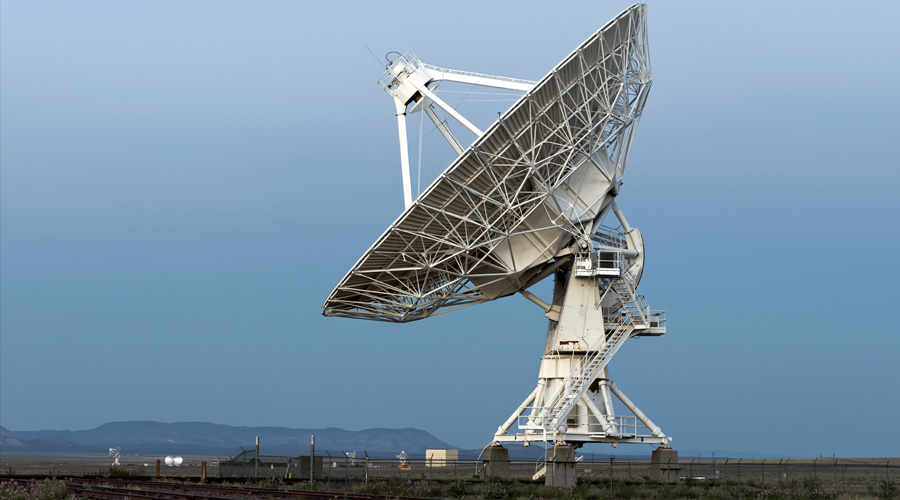CHRISTOPHER RICHINS HAS had a somewhat obscure to-do item—“start a multinational space company”—on his list since he was a young guy. Back then, he worked for Sea Launch, a company that put Russian and Ukrainian rockets on Norwegian ships, sent the ships sailing toward the equator, and launched satellites from the middle of the ocean. “This was the coolest, most James-Bond thing I’d ever heard of,” Richins says. He learned about the space industry, satellites, how to launch stuff and work across borders. Years later, asteroid-mining and Earth-observing entity Planetary Resources recruited him as their third employee. And it was then, thinking about the needs of their spacecraft and the many others to come, that he knew what his future multinational company should do: get data back down from space.
Lots of companies today, like Planet, are launching low-overhead satellites. Each of them takes in many bytes of data—of Earth, of your hideout, of whatever. But they have to bring all that data down somehow, and they don’t all have the resources to build their own global communications networks. Richins is trying to fill that hole, with a sharing-economy model for satellite downlinking.
From low-Earth orbit, satellites—the hundreds of them that live there—can only blip-blip-blip their data to a ground station when they’re in its line of sight. That only happens once every hour and a half and lasts less than 10 minutes. So satellite-makers can only drag digital bits from the sky for a small part of the day from any given spot on the globe.
The well-heeled corporations of the world simply build world-spanning antenna networks to stay in touch with their satellites. “But for smaller companies that aren’t NASA or the Department of Defense, it’s difficult to have dishes around the world,” says Richins. What if, though, he could dole out the extra time on those dominators’ ground stations, and sell it to the little guys? They have extra time, after all, since any given station only sees a given satellite for a few minutes at a time.
That was 2012.
Richins held onto the idea for three years. The world wasn’t ready: In 2012, fewer than 40 satellites between 1 and 50 kilograms went to space, according to industry analyzer SpaceWorks. But by 2015, when he co-founded a company called RBC Signals with Olga Gershenzon, that number had risen to more than 120. The company went to antenna owners—whose names they won’t disclose but whose locations are here—and said, essentially, “Hey, we know you’re not using those dishes all the time. If we share our revenue with you, will you let us parcel out those extra hours to others?”
To date, the proprietors of around 30 antennas have said, “Yeah, sure,” helping RBC Signals launch its “infrastructure as a service” in 2016. RBC is also planning to build its own sharing-economy-style network. They’re targeting the projected 2,400 small satellites that will hitch rides to orbit between 2017 and 2022. These little-guy operators won’t want to blow their money on expensive antennas. The non-NASAs and non-DoDs can pay just for the amount of time they need, with a kind of tiered subscription service.
RBC isn’t the only acronym that caters to this industry’s need for ground stations. Norwegian company KSAT has added smallsat-optimized antennas to its own existing network, while Italian LeafSpace is building a web of receivers meant just for small things. Spaceflight Networks also offers a “data plan” type of access to their antennas and those of partners.
So those 2,000+ eensy satellites that could launch in the next five years will have options—networks both bespoke and cobbled-together, dedicated and reappropriated. That competition will drive the cost of communication down further, letting the existing smallsat community and future startups focus on what their instruments can do and what their observations mean—not how and when to get them down to the ground.
And the emerging down-to-Earth industry ensures this: No little-orbiter-maker will ever have to build its own ground stations if it doesn’t want to.

